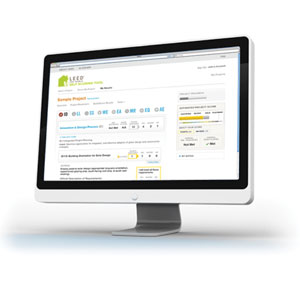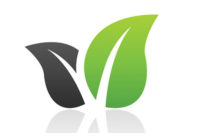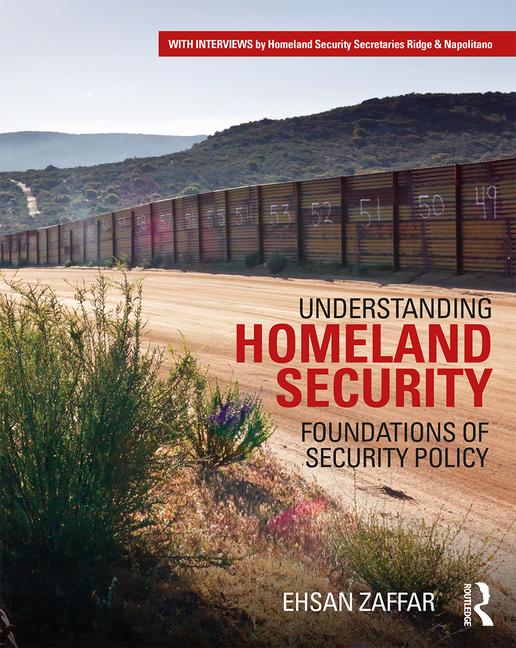Technology is essential to green building. While sustainability is rooted in basic concepts, such as conserving resources and creating healthier indoor environments, it is often technology that helps accomplish these goals.

|
Computer and tech-based tools have proved instrumental to the development and dispersion of LEED. The launch of LEED Online brought certification tools to the fingertips of project managers, and the U.S. Green Building Council’s (USGBC) suite of online learning resources offer up green building knowledge at the click of a mouse.
Three new technology-based offerings, the LEED for Homes Scoring Tool, the Green Building Information Gateway (GBIG) and the Building Performance Partnership (BPP), represent exciting new initiatives that will expand on USGBC’s tech-side efforts.
Deployed in March of this year, the LEED for Homes Scoring Tool offers anyone at any level a simple and free way to explore the LEED for Homes program (www.leedforhomes.org). The tool’s main function is to give users a realistic idea of where their project stands in the realm of LEED certification: which green features and building strategies will push a project to a specific level of certification, and how to get there. The QuickScore path offers a rapid evaluation of any project, and the deeper Credit by Credit path allows any project team member the opportunity to explore which green features they want to incorporate. Many users find that they are much closer to LEED certification than they thought, and that the path to certification is simple and straightforward.
To date, around 4,000 people have accessed the LEED for Homes tool to evaluate their project. The high level of interest reflects a major milestone that LEED for Homes hit in March of this year: 10,000 LEED-certified homes. With the rapid growth of residential green building and certified projects, the LEED for Homes tool is more relevant than ever.
Green Building Information Gateway (GBIG) is not a single program or tool, but rather a family of resources. While many aspects of GBIG are still evolving and in development stages, it will ultimately consist of a suite of tools and apps that will make green building stats, from specific project information to regional climate zone data (and much in between), accessible in a variety of ways. The best part? It’s free.

|
A new app, Explorer Place, summarizes green building activity in a given area, allowing users to make comparisons between counties, cities, states and more. The data available on this app goes beyond singular buildings: The app tracks policies and a variety of other green building indicators, culminating in a green building score for geographic areas.GBIG Analyst, a benchmarking tool that’s currently available on the Web, displays green buildings on a navigable map of the U.S. Users can access performance metrics for buildings and compare projects based on LEED credit achievement. The mobile app version allows users to keep this handy data in their back pockets — literally.
Visit GBIG.org for more information, or visit the App Store on Apple.com to download GBIG Analyst.
Building Performance Partnership (BPP), a free building performance tracking and reporting program, is currently an optional leadership tool for LEED-certified projects. USGBC works directly with projects to collect performance data, offering participating projects annual feedback on building performance. Through basic analysis, strategies to optimize performance per building can be identified and implemented.
Perhaps most importantly, BPP fosters a partnership between USGBC and the community of thousands of LEED project owners. USGBC will apply the performance data collected from BPP to populate a comprehensive green building performance database, enabling standardization of reporting metrics and analytics as well as establishing new performance benchmarks. BPP will be integral in LEED’s evolution.
Visit www.USGBC.org/BPP for more information on the Building Performance Partnership.




